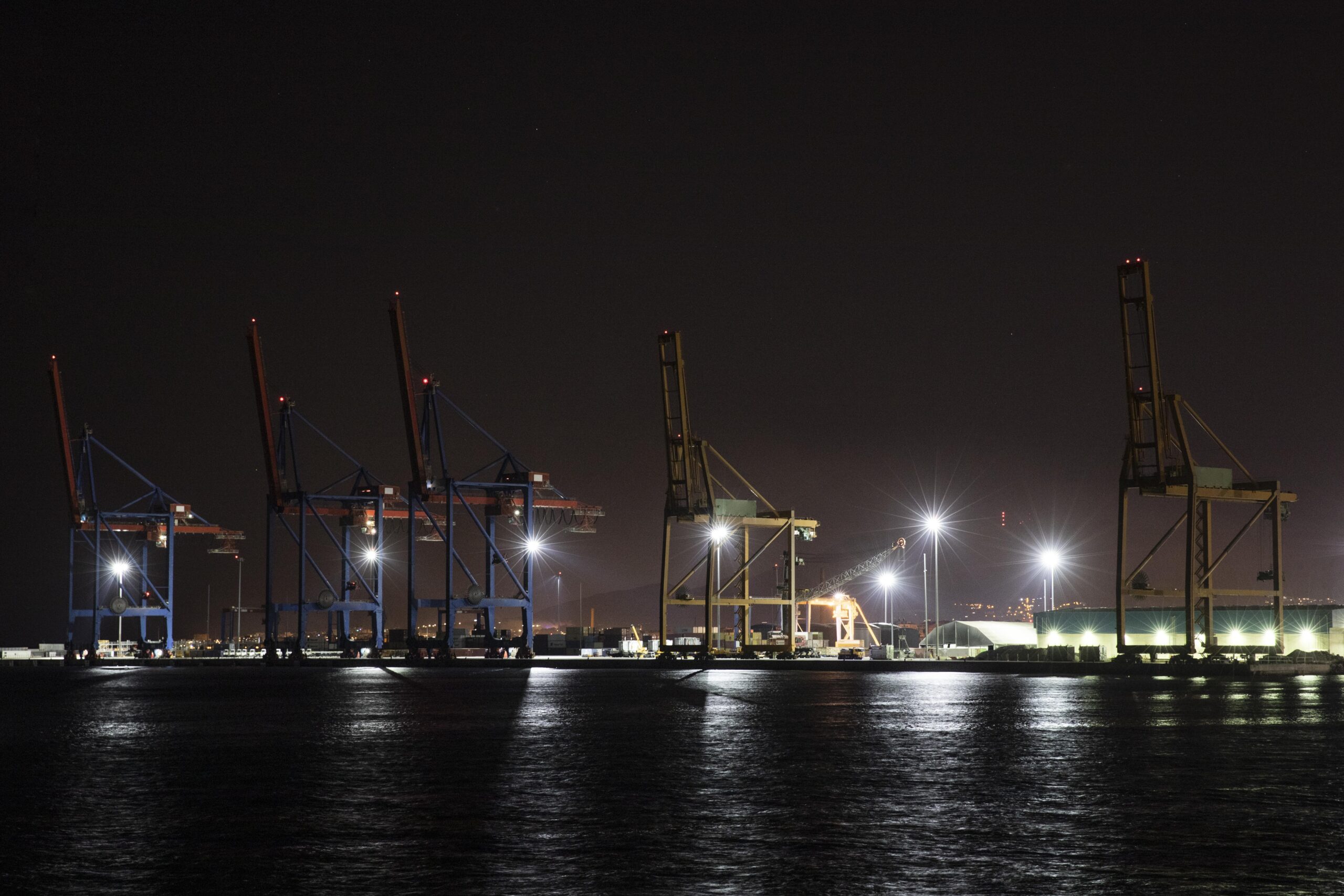Deep offshore technology is a fascinating and essential sector for the global energy industry. It encompasses the tools, techniques, and innovations needed to explore and extract resources from the ocean’s depths. This article sheds light on the evolution, components, challenges, environmental concerns, and future trends in this dynamic field. Let’s explore the depths of deep offshore technology.
1. Introduction to Deep Offshore Technology
Deep offshore technology refers to the methods and instruments used in the process of oil and gas extraction, drilling, and production from submerged resources located at significant depths to the ocean floor. Due to the fact that these operations take place at depths more than 400 meters (1,300 feet), particular technologies are required to handle hostile environments such as high pressure, freezing temperatures, and corrosive conditions. Technology used in deep offshore environments is essential, as it enables one to push the boundaries of exploration and production, while also meeting the growing need for energy.
2. The Evolution of Deep Offshore Drilling
Deep offshore drilling has a long history, dating back to the middle of the century. Shallow water platforms were the standard at first, but the business shifted to deeper seas when oil and gas supplies in these regions depleted. Technology developments in the 1970s allowed drilling to reach 1,000 meters. Thanks to developments in floating platforms, subsea equipment, and remote operations, deepwater drilling now reaches depths of around 3,000 meters.
3. Key Components of Deep Offshore Platforms and Equipment
Modern deep offshore platforms and machinery are engineering wonders. Among the essential elements are:
- Floating Platforms: Designed to stay steady in deep oceans and strong weather, floating platforms include tension leg platforms (TLPs) and floating production storage and offloading units (FPSOs).
- Subsea Equipment: Subsea trees, manifolds, and blowout preventers (BOPs) that regulate oil and gas flow and stop well blowouts comprise this gear for subsea equipment.
- Mooring and Anchoring Systems: Moorings & Anchoring Systems: Maintaining floating platforms’ stability in deep seas depends on advanced mooring and anchoring technologies.
- Underwater Robotics: Extremely deep inspection, maintenance, and repair operations using remotely operated vehicles (ROVs) and Autonomous Underwater Vehicles ( AUVs).
4. Challenges and Innovations in Deep Offshore Technology
Challenges
Deep offshore operations face numerous challenges, including:
- Extreme Conditions: High pressure, low temperatures, and corrosive environments make deepwater drilling difficult and costly.
- Technical Complexity: The complexity of drilling equipment and procedures increases with depth, requiring advanced engineering and expertise.
- Environmental Risks: The potential for oil spills and environmental damage is higher in deepwater operations, necessitating robust safety measures.
Innovations
Recent developments solve these difficulties:
- Underwater Robotics: Advanced ROVs and AUVs improve safety and efficiency by doing jobs either risky or impossible for people underwater.
- Real-Time Data Analytics: AI-driven real-time data analytics provide predictive maintenance and operational efficiency real-time insights, hence lowering downtime and costs.
- Subsea Processing: Technologies such subsea separation and boosting let oil and gas be directly processed on the seabed, therefore removing the requirement for surface platforms.
- Blowout Preventers: Improved safety elements in next-generation BOPs assist to prevent and manage well blowouts, therefore lowering the danger of oil leaks.
5. Environmental and Safety Concerns in Deep Offshore Operations
Environmental Impact
Deep offshore activities may have major effects on the surroundings including:
- Habitat Disturbance: Drilling and production operations may upset habitats and marine ecosystems.
- Noise Pollution: Underwater noise from drilling and equipment may impact marine life, especially that of marine animals.
- Oil Spills: A severe environmental issue, oil spills might have possibly catastrophic consequences on marine ecosystems.
Mitigation Measures
The sector is doing many actions to lessen these consequences:
- Environmental Monitoring: Advanced monitoring systems track the effect of activities on marine life and ecosystems, therefore enabling quick responses.
- Improved Drilling Techniques: Advances in drilling methods and equipment design lower the possibility of environmental harm and oil leaks.
- Cleaner Technologies: Energy-efficient operations and the, wherever practical utilization of renewable energy sources assist to lower greenhouse gas emissions.
- Environmental Impact Assessments (EIAs): Environmental Impact Assessments (EIAs) help to determine project possible environmental impacts and guide decisions aimed at safeguarding delicate ecosystems.
6. The Future of Deep Offshore Technology: Advancements and Trends
Advancements
Deep offshore technology has high future prospects with several developments just around waiting:
- Remote and Autonomous Operations: The change toward remote and autonomous systems lessens the requirement for human presence on platforms, hence improving safety and efficiency.
- Sustainability: Innovations in sustainability center on lessening the environmental effect of activities like waste management and carbon footprint reduction.
- Renewable Energy: Deepwater renewable energy sources include offshore wind and wave energy are attracting increasing attention and are driving diversity in uses.
- Collaborations: Cooperation among technology suppliers, oil and gas businesses, and research institutes is pushing invention and quickening the acceptance of new
Trends
Deep offshore technology’s present tendencies consist in:
- Integration of AI: From predictive maintenance to data analytics and decision-making, artificial intelligence is being included in many facets of business, including operations.
- Advanced Materials: Development in the field of materials is improving the corrosion resistance and longevity of platforms and tools.
- Digital Twins: Digital twins, virtual copies of actual objects, enable real-time operation monitoring and optimization possible.
7. Case Studies of Successful Deep Offshore Projects
Case Study 1: Shell’s Perdido Platform
Operating in the Gulf of Mexico at a depth of 2,450 meters, Shell’s Perdido platform is among the deepest offshore production facilities in the world. Modern subsea separation and boosting technologies used on the platform help to achieve less environmental impact and improved production efficiency.
Case Study 2: Equinor’s Hywind Scotland
Off coast of Scotland, Hywind Scotland is the first floating wind farm in the world. This project shows the feasibility of deepwater renewable energy by merging offshore wind power with traditional oil and gas exploitation.
8. Conclusion: The Importance of Deep Offshore Technology
Meeting world energy needs, pushing technical innovation, and exploring new horizons in renewable energy depend on deep offshore technologies in great part. The industry’s dedication to environmental preservation and ongoing operational safety improvement emphasizes the relevance of deep offshore technology in the contemporary society. Notwithstanding the difficulties, developments and patterns in this subject are opening the path for a sustainable and effective future.
One of the main elements of the global energy scene going forward will be the search of deep offshore resources. Using innovative technologies and encouraging cooperation can help the sector minimize its environmental effect while satisfying global energy demand. Deep offshore technology’s future is promising given constant innovation and sustainability’s emphasis.




